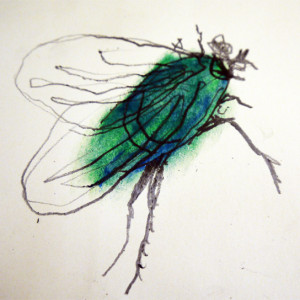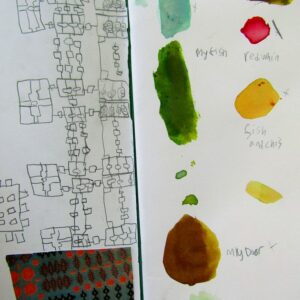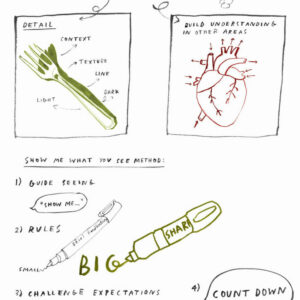Questions to Ask Children
Describe what you see.
Look at the artwork as a whole – which words would you use to describe the whole piece?
Tell me about the details you like.
How does it make you feel?
Amaryllis (1915) by Hannah Borger Overbeck. Original from The Los Angeles County Museum of Art.
Questions to Ask Children
Describe what you see.
How do you think she decided how much detail to include or leave out?
Tell me about the details you like.
Questions to Ask Children
What can you see?
Why do you think he chose these insects and fruits to use in one composition?
Which words would you use to describe the whole piece?
Tell me about the details you like.
What materials has the artist used?
Pierre-Joseph Redouté
Explore blooming flowers and fruit trees like: daffodils, tiger lilies, and plum trees.
Questions to Ask Children
What do you see?
How has the artist given the image dimention?
Anselmus Boëtius de Boodt
Natural History Ensemble, no. 7 (1596-1610) by Anselmus Boëtius de Boodt. Original from the Rijksmuseum.
Questions to Ask Children
What can you see?
Why do you think he selected these items to use in one composition?
Which words would you use to describe the whole piece?
Tell me about the details you like.
How do the colours make you feel?








